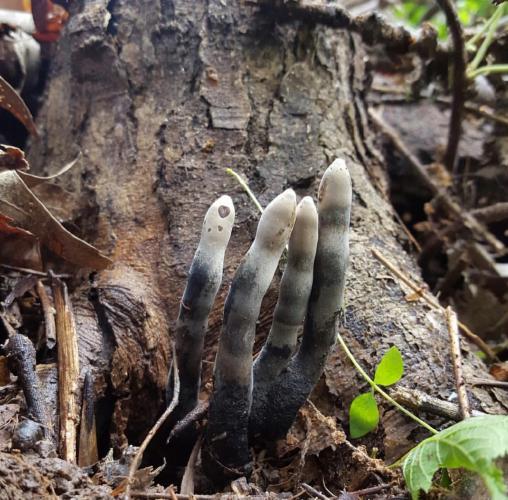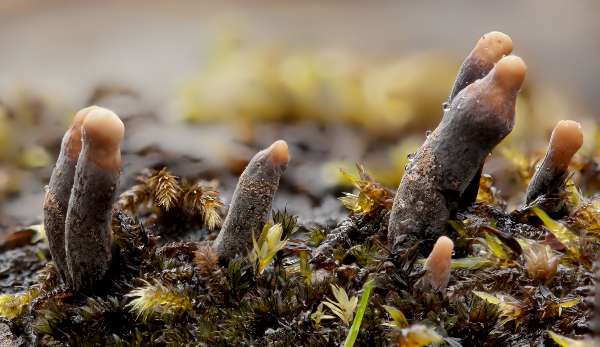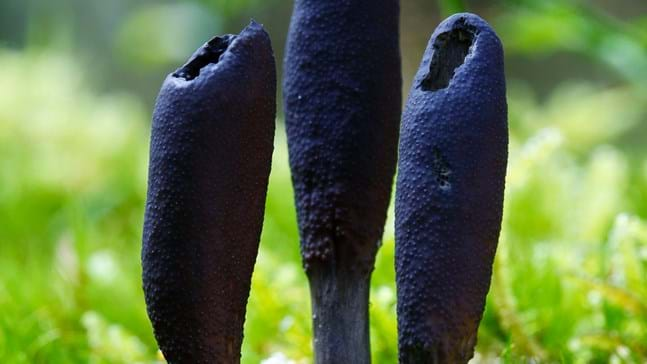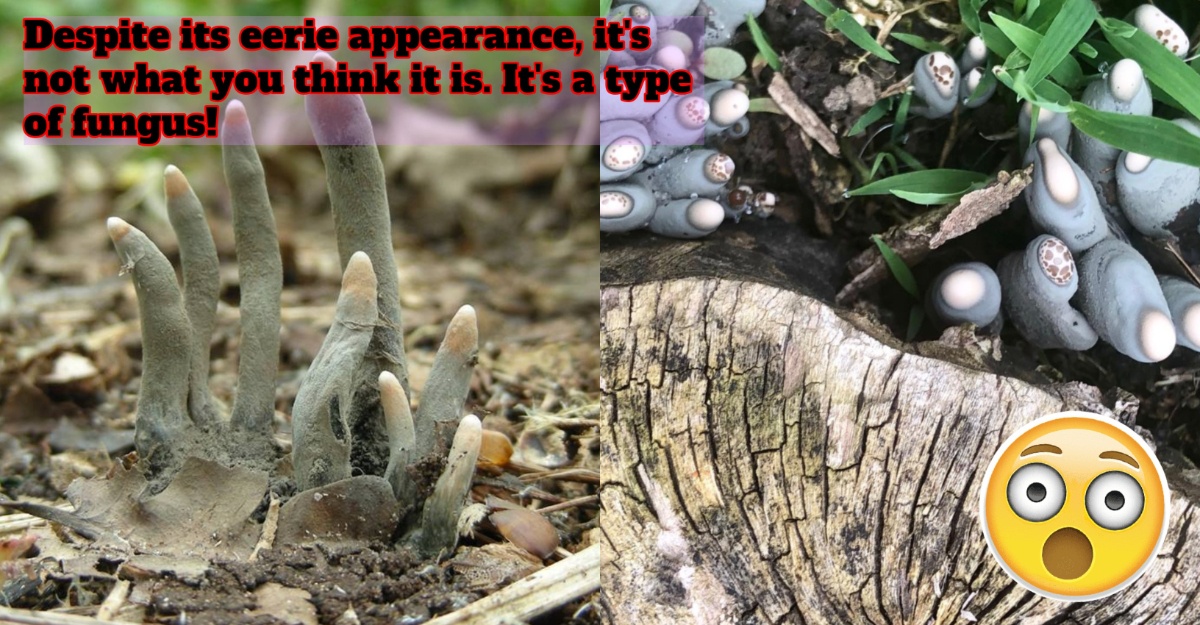The forest hides many secrets humans have yet to explore. Nature is both a playground and a classroom. Therefore, there are many things that we aren’t aware of, despite scientists and researchers trying to unveil more of the forest’s wonders.
Do you like treasure hunting? If you do, the forest might be the next best option. Who knows? You might find something new and become the next founder of an undiscovered species!
However, aside from the mystery and excitement of studying the forest, it will creep you out too. For example, the presence of wild animals such as tigers, snakes or lions while you’re walking deeper into the jungle. That would be scary!
Furthermore, other living things like plants and trees can be creepy too. And we have one that you might not expect.

What on earth is that? You may ask. When we saw it first, we were shocked too.
It grows beneath the woodland floor. It looks like the fingers of a zombie or a… dead man.
Secrets of the forest: Xylaria polymorpha
This is no horror movie. Despite its eerie appearance, it’s not what you think it is. It’s a type of fungus!
More commonly known as dead man’s fingers, this fungus can be found in spring and summer. However, it’s also available all year round. And interestingly, the old ones will remain. Thus, it might be why they look creepier during autumn. People might think it’s a part of Halloween.
Characteristics of the dead man’s fingers
General overview

- Clusters of grotesque-looking hard, swollen and warty fingers.
- Usually around three to eight centimetres high.
- The fingers are pale grey with a whitish tip when young.
- The pale covering coats the asexual spores produced during its early stage of development.
- The flesh is white and tough underneath the black layer.
Fruiting bodies
- Shaped like a finger
- Grey or brown
- Darkens with age
- Size varies from one to three cm.
Gills/spores
- Banana-shaped with a black spore print.
- Dark brown when developed.
Stipe:
- A small stalk connects the fruiting finger to the dead wood.
It’s not available in any forest in Malaysia
Sadly, you won’t encounter dead man’s fingers in Malaysia. But if you travel to the UK, Ireland, mainland Europe and parts of North America, you might!
Dead man’s fingers benefit the wildlife
The fungus consumes the polysaccharides in timber. It will leave soft, nutrient-rich debris on their body. Thus, this will be the food source for man invertebrates.

Additionally, in traditional Indian (Ayurvedic) treatment, a dead man’s fingers promoted lactation after birth. It was eaten dried, powdered and mixed with sugar.
But be careful! If it’s not for this purpose, the fungus isn’t edible.
Maybe this fungus can be a natural prop for a ghost movie? Looking like fingers reaching out from the earth, nothing is creepier than this!
Sources: mybis, Woodland Trust








